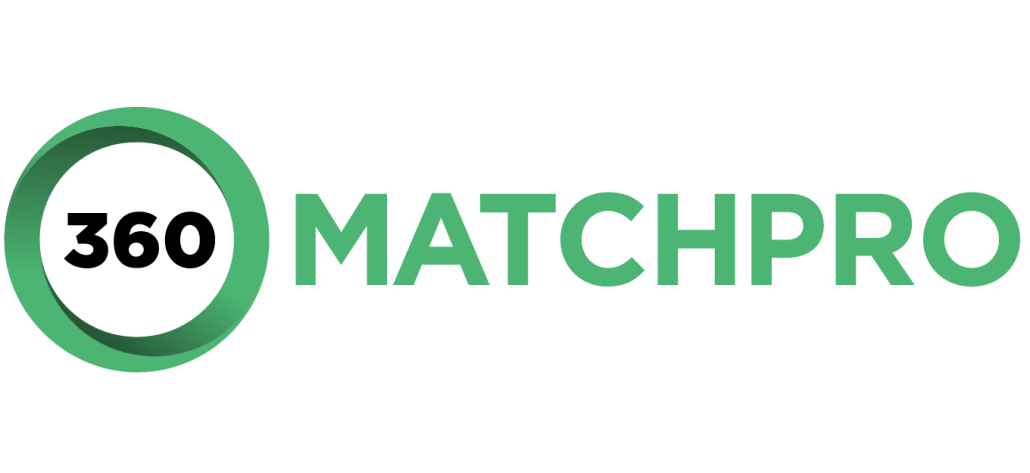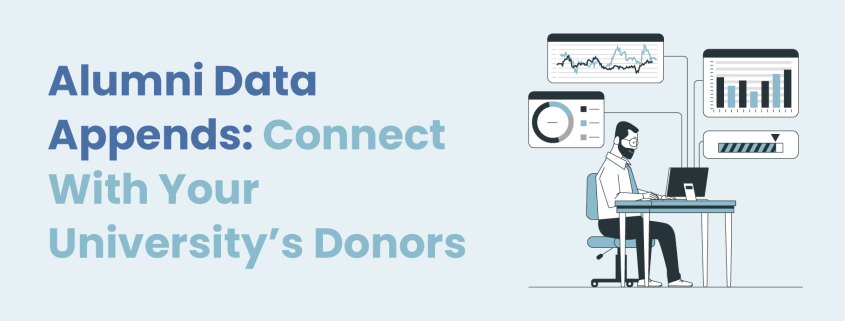Alumni Data Appends: Connect With Your University’s Donors
When it comes to alumni giving trends, donation methods like matching gifts, mobile giving, and donor-advised funds are on the rise. However, to tap into all of the ways your alumni want to give, you need data to structure your efforts.
Your higher education institution likely has some data on alumni from their time as students, but is that data up-to-date and accurate? Many alumni experience significant life changes in the years after graduation, including moving, seeking employment, and getting married.
Some alumni donors will let you know when their data changes, but to stay connected to all of your alumni, you need accurate data across the board. This is where alumni data appends come in.
In this guide, we’ll explore what alumni data appends are and how you can leverage them to keep your alumni database fresh.
What is a data append?
A data append is a service organizations—including universities, nonprofits, political groups, and businesses—can purchase to supplement and correct their constituent data.
There are two types of data appends:
- Batch appends are an appending process where you share your current data with an appending service, which then fills out missing information. Essentially, the batch append looks at all of your data and provides updates at one time. If you need future appending services, you would need to connect with the appending service again.
- Real-time appends are continuous updates to your database with a constituent’s data in real time. Most often, real-time appends are used by businesses to secure sales immediately. For example, many websites that use tracking tools often record visitors’ behavior and use real-time appends to gather their browsing history, allowing them to provide product recommendations. Real-time appends tend to be more expensive than batch appends because of their frequency.
For universities looking to build alumni relationships, batch appends are likely the best option. While you may need to regularly get new appends, most nonprofits and higher education institutions likely don’t need intensive, ongoing real-time appends.
Why do universities need alumni data appends?
Donor data is important, but why would a university need to purchase a data append over collecting data themselves? Ultimately, data appends are a time-saving tool that lets you gather accurate data about your alumni without having to reach out to each alumnus individually.
Alumni data appends also empower you to:
- Discover new ways to reach alumni. From phone numbers to addresses to social media, there are a number of types of data appends that can help your university get in touch with alumni. After all, while an alumni donor might share their email address when donating to receive their donation receipt, they’re less likely to give out additional information like their social media profiles or phone number.
- Identify major giving candidates. Data appends are a prospect research tool and can help your university identify major giving candidates. For example, you might append your data to learn about your alumni’s employers and discover some of them have significant business connections or high-level positions, indicating a significant giving capacity.
- Improve alumni relationships. When you have accurate data about your alumni, it’s far easier to reach out to them with content that fits their interests. For example, you might discover alumni LinkedIn accounts or employer information to learn what fields your former students have entered. Based on this information, you might create a marketing campaign reflecting on how their experience at your school prepared them for their future careers.
Theoretically, your university can conduct a data append without a third-party service. However, professional data appends have access to multiple databases, some of which they have to pay to access. That means these services are not only highly experienced at appending data but can leverage exclusive resources your university may not know to even look for.
Types of Alumni Data Appends
When it comes to alumni data, there are many types of information your university might want to collect. For example, a few types of data appends include:
- Demographic data. Basic information about your donors’ ages, marital status, family size, and other demographics can help you assess your alumni community and create audience segments based on shared characteristics. Plus, there are also specialized demographic data appends, like birthday appends. This specific type of append not only lets you know how old your alumni are but also when you should reach out with a birthday greeting to solidify your relationship with them.
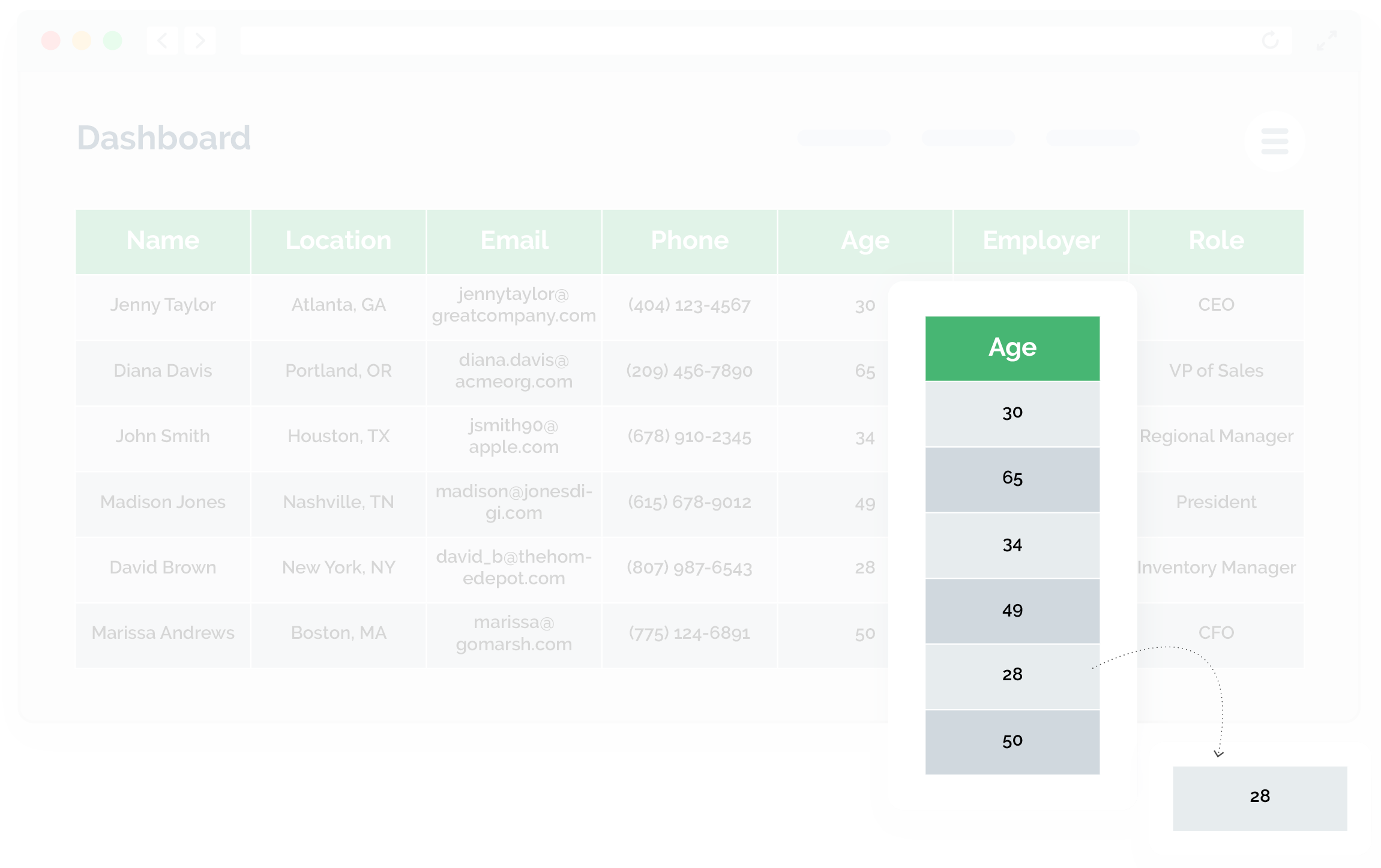
- Phone number. Phone numbers change, but a phone number append lets you stay in touch with donors for years to come. With this information, you can connect with your alumni by calling them during a phone-a-thon, sending them quick text updates, or leaving them a voicemail inviting them to an alumni event.
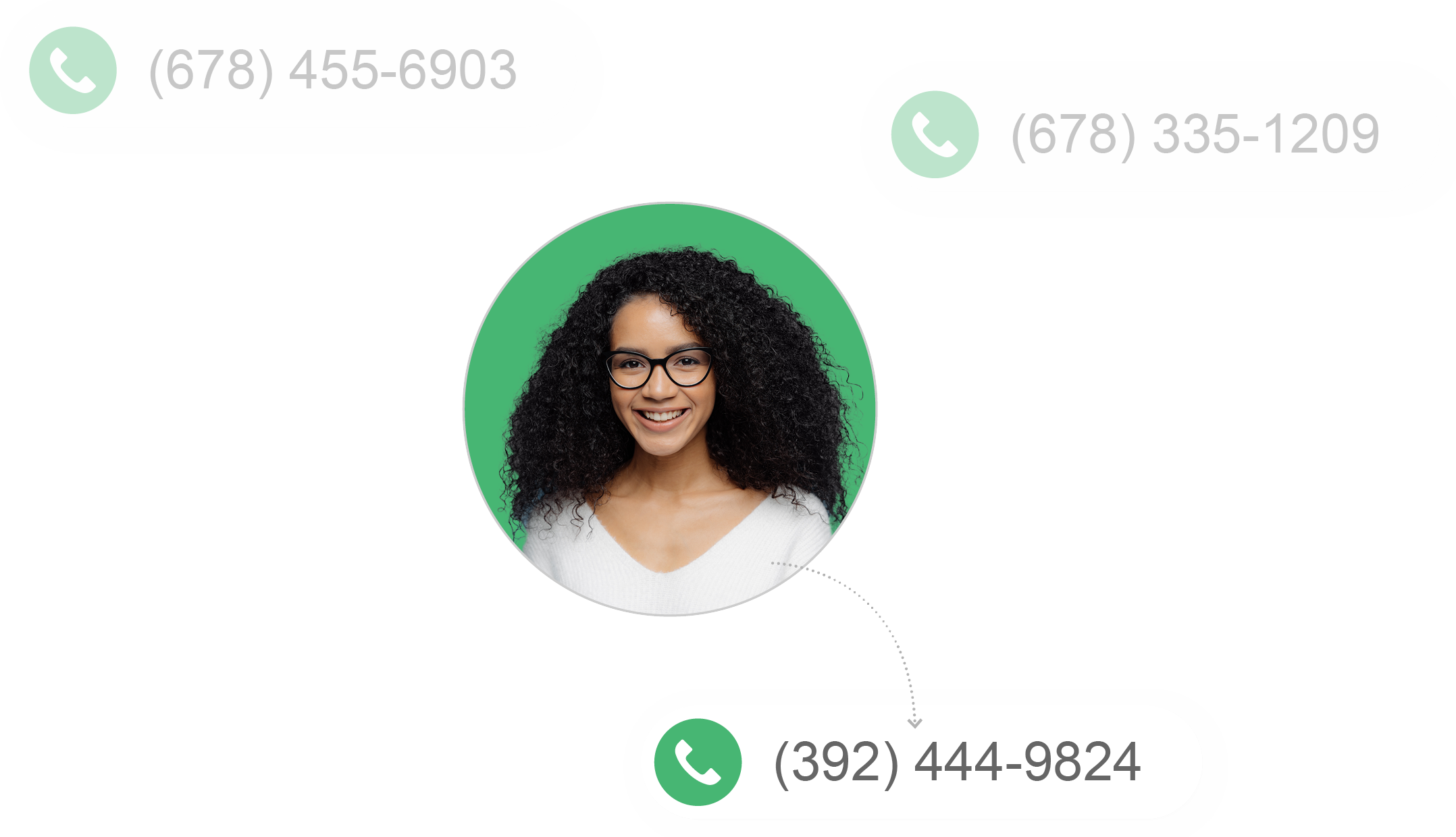
- Email address. Email is the go-to communication channel for many universities, and chances are that not many of your former students still regularly check their university email addresses. You can stay in touch with an email address append that uncovers their personal and corporate email addresses.
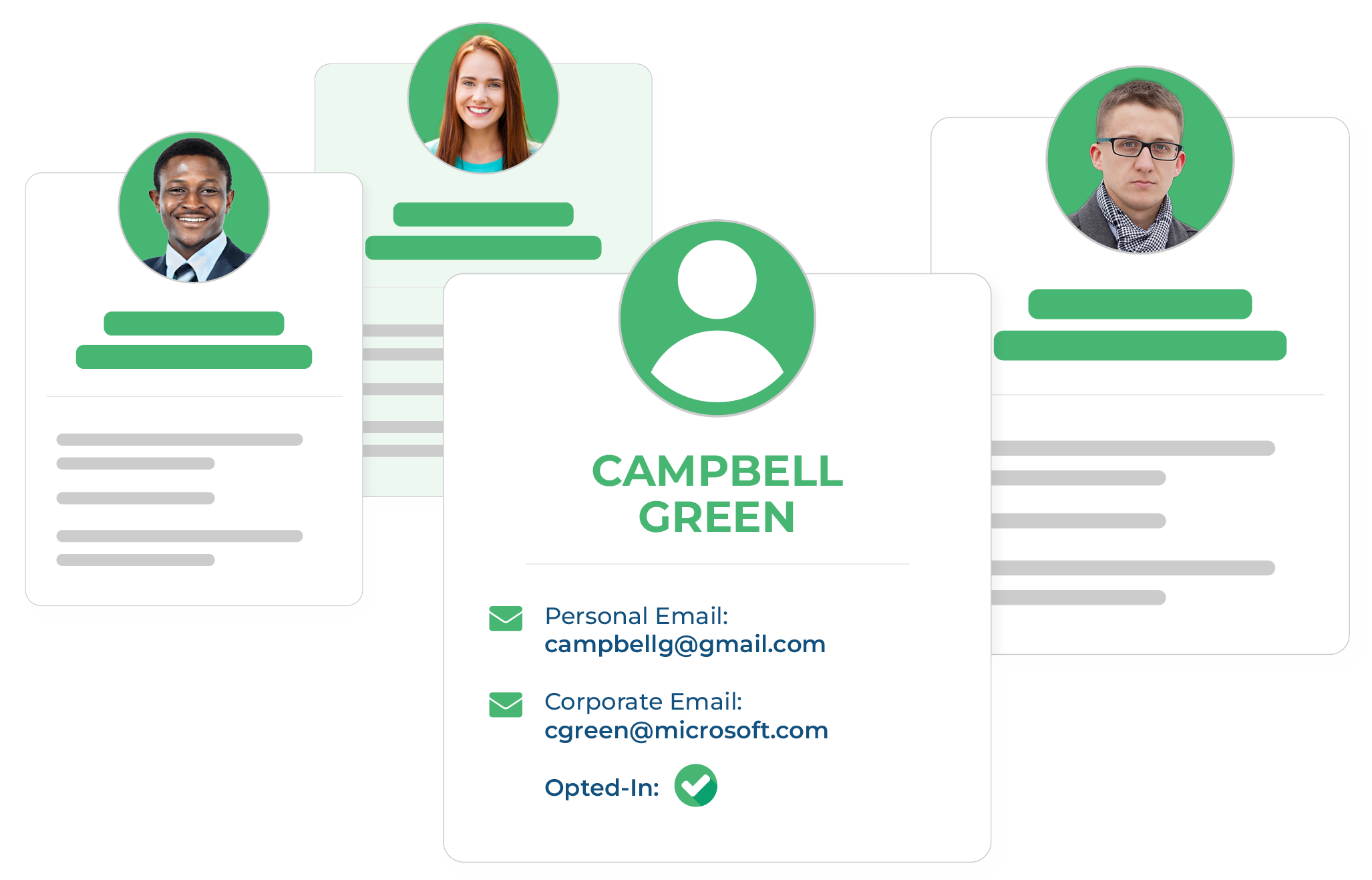
- Location. Alumni often move far and wide after graduation, and keeping track of who is in your immediate community and who is abroad can help you market activities and fundraisers. For example, it makes sense to invite local supporters to in-person lecture series, athletic games, and cultural events, while distant alumni might appreciate virtual events.
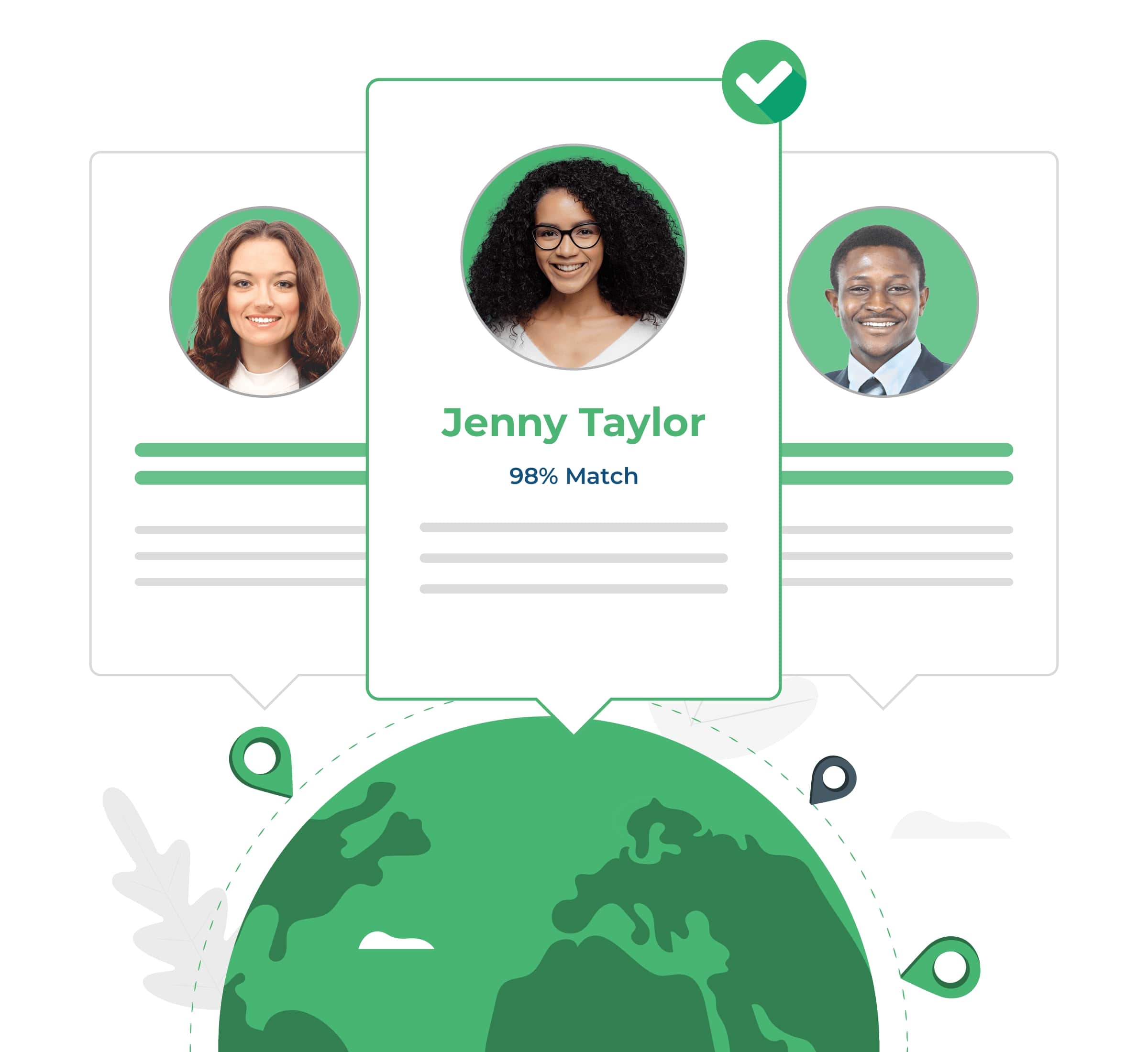
- Employer information. Corporate giving databases provide not just employment information but also details about the corporate giving programs your alumni might qualify for. For instance, you might discover alumni who are eligible for matching gift or volunteer grant programs.
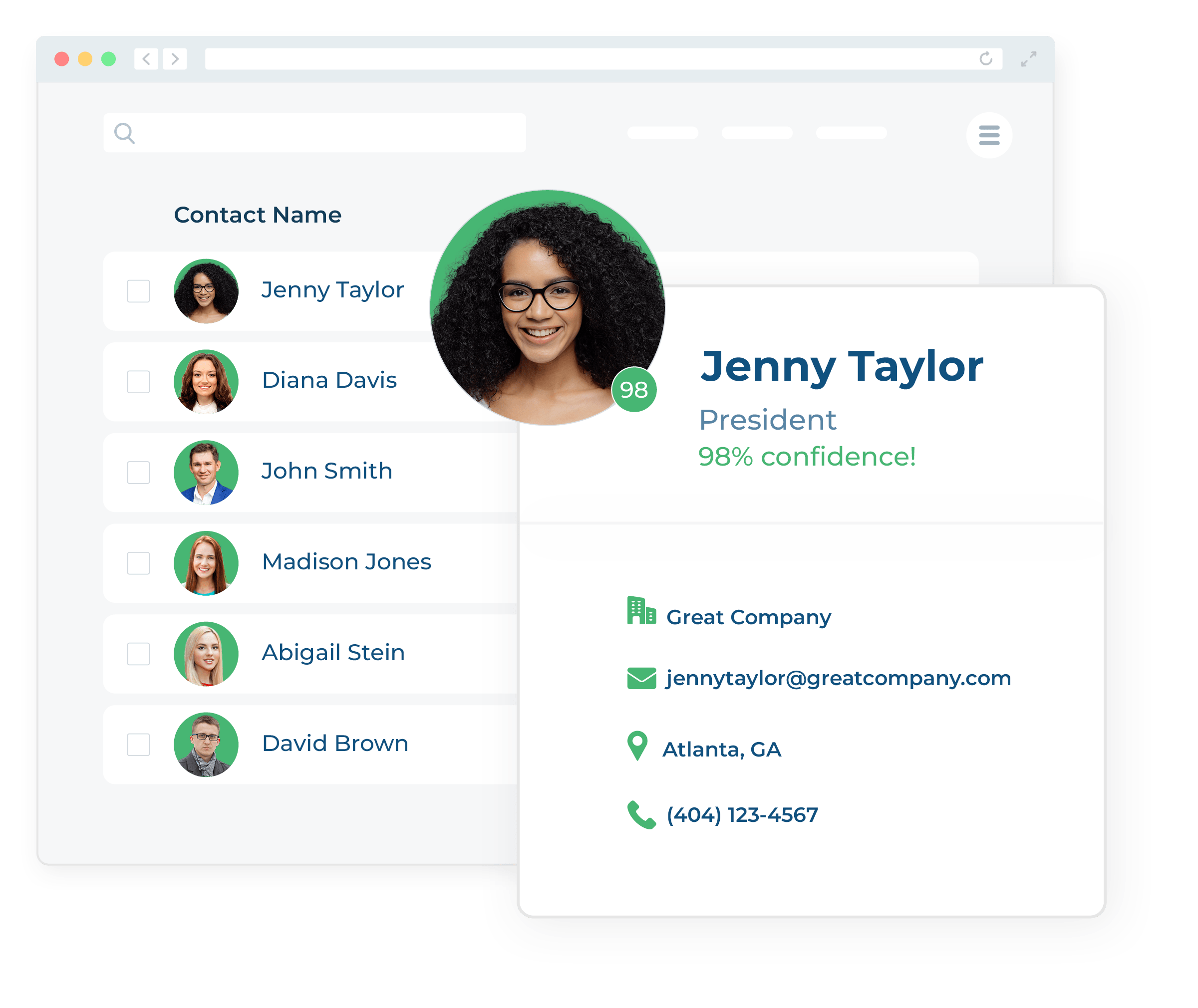
The more data your university has, the better you’ll be able to connect with alumni. For example, you might discover that a former student lives near campus and has a job that provides paid volunteer time off. This would be an ideal supporter to invite to volunteer activities.
The Alumni Data Appending Process
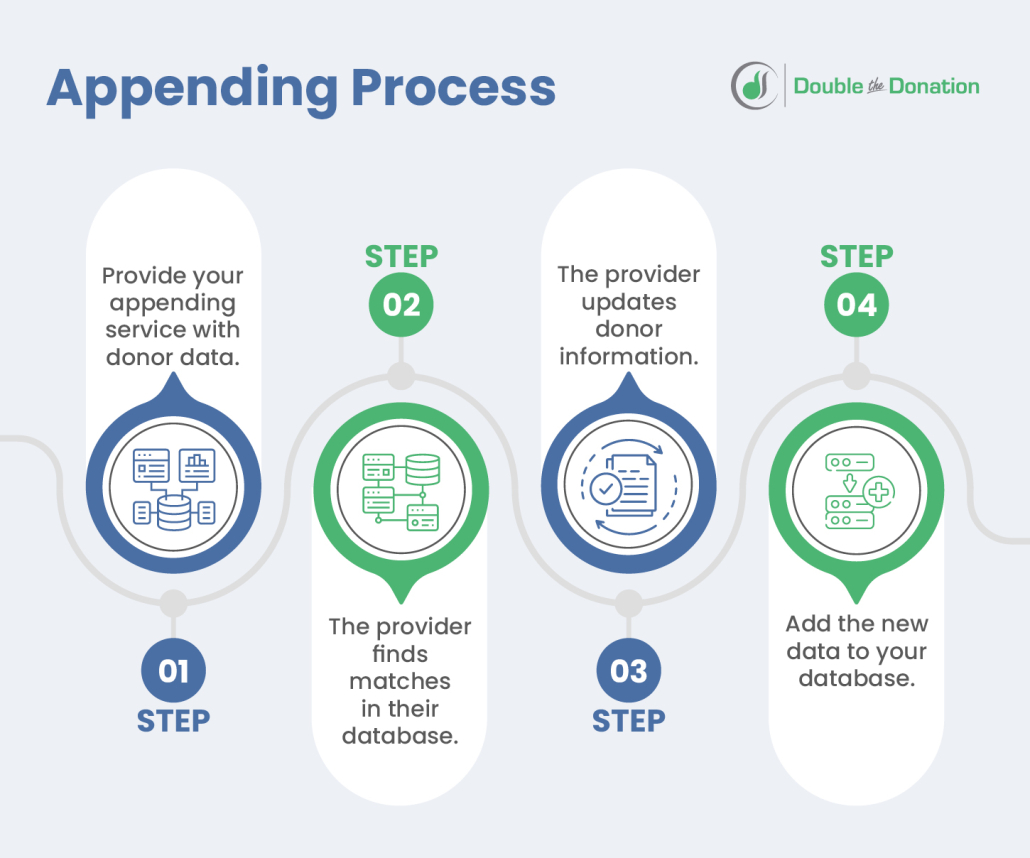
Send your data to an appending service.
To complete a data append, you need to send your alumni data to an appending service. When assessing append services, look for ones with the following qualities:
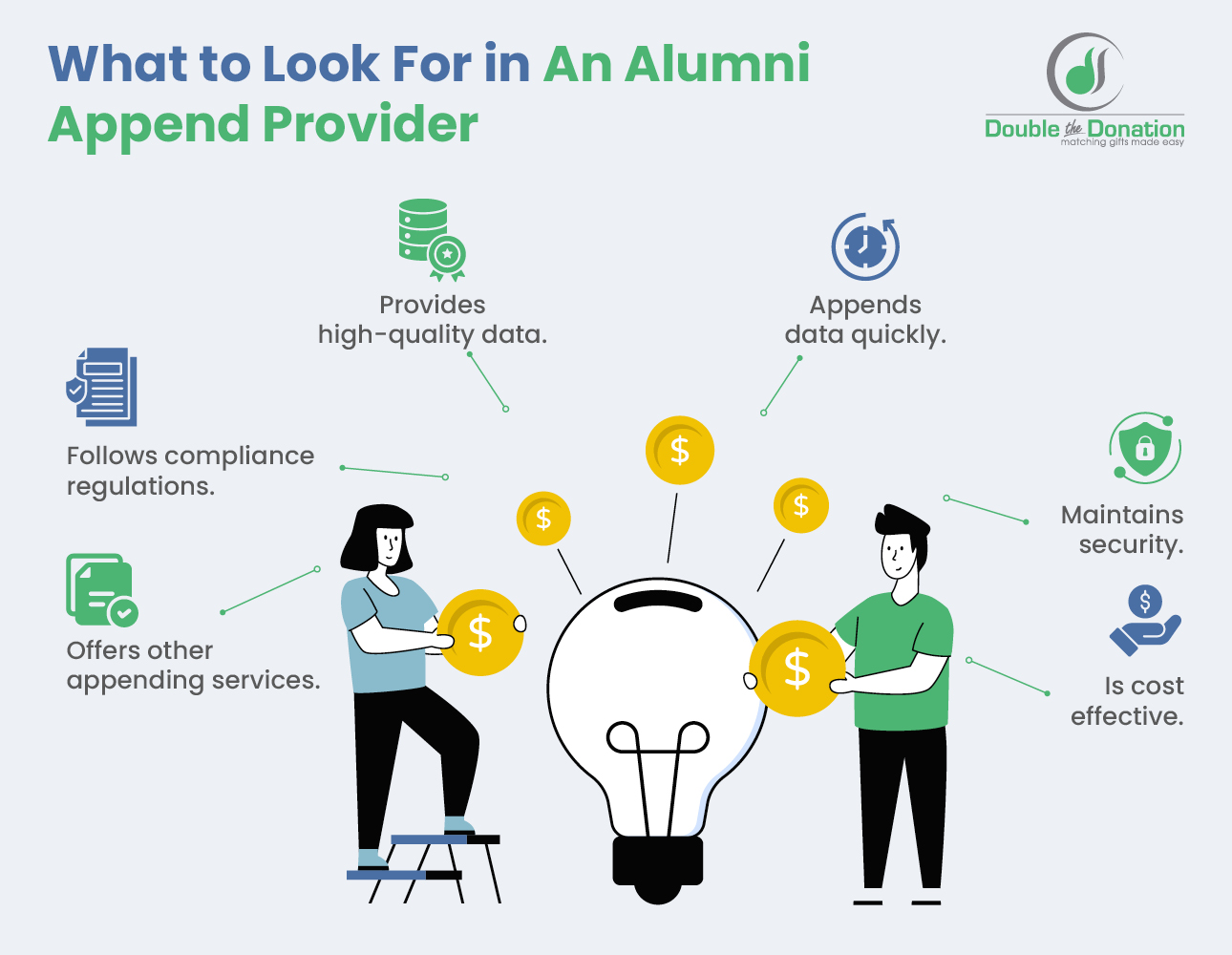
- Provides high-quality data. Ensure the service has measures for checking data accuracy. Many data appending services will provide confidence scores for data, which indicate how sure the service provider is that any given piece of data is correct.
- Follows compliance regulations. Various countries and states have laws and regulations regarding privacy and consumer data protection. For example, if you are seeking a phone append, the data append provider must follow regulations, such as the National Do Not Call Registry.
- Offers other appending services. Chances are that you need appends for multiple types of data. Partnering with a service that can provide multiple types of appends will save your university from continually researching and vetting new appending services.
- Appends data quickly. While data should be accurate and high-quality, you also don’t want a data append service that sacrifices speed. After all, the faster you get your data appended, the faster you can put it to use connecting with alumni.
- Maintains security. To get your data appended, you’ll need to share your alumni’s identifying information with the service provider. Ensure you choose a trusted provider that follows security protocols like limiting access to authorized users and encrypting sensitive data.
- Is cost effective. Assess various appending services’ price models. Some providers charge per record appended while others have subscription services or package deals.
Additionally, you don’t need to clean up your data before sending it to an appending service, but doing so can improve your results. Plus, it’s always a good idea to ensure your database is functional before adding even more data to it.
The appending service searches its database.
Using the alumni information your university provides, your appending service will search its extensive databases to find matching information.
For example, you might share a donor’s name and email address. Using that information, the data appending service might find a phone number associated with that same email address and name. To provide comprehensive and accurate data, many appending services have access to multiple databases.
The appending service updates your information.
After searching its databases, the appending service will update your alumni profiles to fill in missing data and correct outdated information. Your data appending service should also run a quality check after finding data to ensure its accuracy.
Add the alumni data to your database.
Once the append is complete, your service provider will deliver the corrected alumni records. Ensure your donor database or CRM can sync this information automatically to update donor profiles, saving you the trouble of correcting information manually.
More Appending Resources
Your university’s alumni have the potential to transform your university for the better, but to stay in touch with them, you need up-to-date data. With an append, you can continually find and connect with your alumni year after year.
Nonprofit data is a broad topic, and alumni appends are only one aspect of it. For more information about nonprofit data and appending, check out these resources:
- Nonprofit Data Collection: How to Gather The Right Insights. Your university’s ability to collect and manage data is essential for connecting with alumni. Discover strategies for streamlining the data gathering process.
- Data Enrichment for Nonprofits — Nonprofit Catalog. If you have more questions about what exactly data enrichment is, check out this basics guide!
- What Is an Email Append? All Your Questions Answered. Email is a staple of alumni most university’s alumni communication strategies. Ensure you can get in touch with your supporters with an email append.
